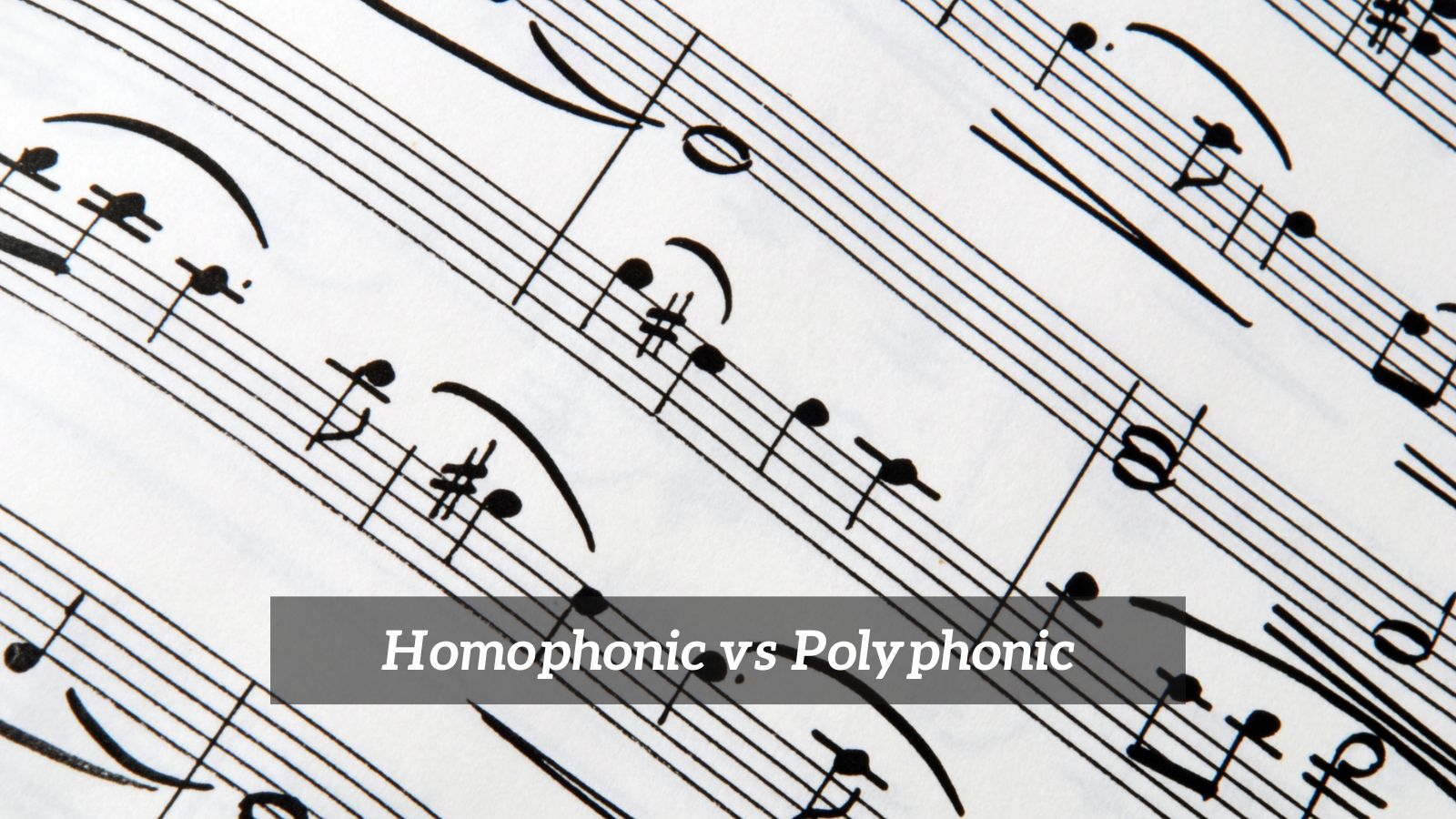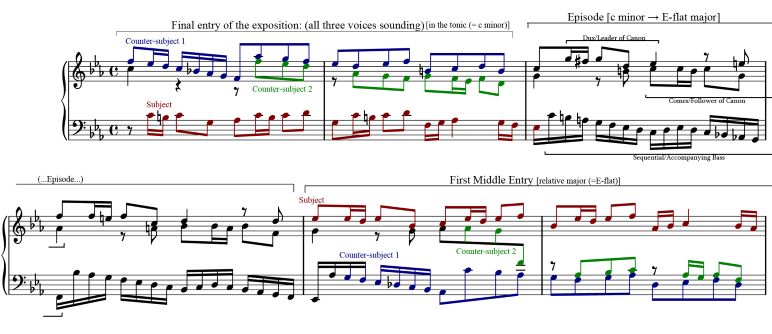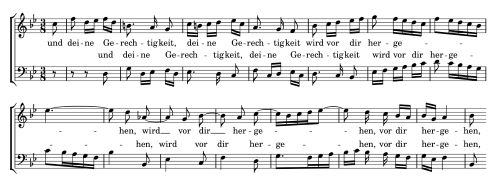
There are many colourful and sometimes convoluted ways to describe musical features or characteristics. When a term uses one of the phonics in its description, we are usually attempting to describe texture.
This in itself can be the cause of much debate but for this article, we will content ourselves with the more commonly used phonics.
These refer to musical textures in the following way. If a piece of music has a monophonic texture then it has a single line of melody only. An example of this might be an unaccompanied song for a single voice.
Then there is homophonic which broadly speaking is a melody plus an accompaniment. This texture is more complex than one that is monophonic.
An example of this would be a solo clarinet accompanied by a piano. Next comes polyphonic. This is a complex texture that describes many melodies sounding simultaneous.
If you listen to a fugue by JS Bach, for instance, the chances are you are listening to a polyphonic composition.
One final textural description is heterophonic. This term often refers to a piece that has a tune, accompaniment plus a further independent melody. An example I often give when teaching this is that of a hymn that includes a descant part.
Under consideration here are the strengths and weaknesses of homophonic and polyphonic music. How do they compare and is there an outright winner?
Homophonic vs Polyphonic
Much of the music to come from the Renaissance and Baroque periods of music falls neatly into the polyphonic category. There are major differences between these two periods of music and how polyphony was creatively employed, but polyphonic it definitely was.
What often appeals to polyphonic music is the sheer textural complexity; it’s hypnotic. Have you ever sung or heard sung, a round? Think of songs like ‘London’s Burning’ or ‘Frere Jacques’.
Both of these are sung in rounds, meaning one voice begins with the second voice following on a few bars later with the same melody.
Eventually, these little gems develop into a fully polyphonic texture in four or more parts. These musical games have a serious centre that has been cleverly constructed to make a single melody create harmony when used as a round.
One of the most definitive types of polyphonic music is heard in the aforementioned fugue. I’m drawing your focus to this now having just highlighted its little brother, the canon.
Fugue was a particularly popular form of music that dominated the Baroque landscape.
Not only did it require immense musical skill to compose, but it also demanded a keen ear and good technique from performers whilst providing the listener with an endlessly fascinating and intricate piece.
The fugue in many ways can be thought of as the pinnacle of polyphony. Its complexity and ingenuity are only limited by the composer. If you want to try to follow a fugue it is helpful to know the structure commonly used in three sections.
These are an exposition (where the melody and counter-melodies are heard), followed by the development section, and then the final entries where the original material returns often in stretto (closer together).
Fugue alone makes a pretty convincing case for the power of polyphony but the challenge is not entirely over for homophony yet.
Remember that homophonic music essentially is a melody, or tune, plus an accompaniment. Whether this is for a solo instrument like a piano, or a full orchestra accompanying a solo instrument, the textural outcome is the same.
It might be fairer to draw a direct comparison between the polyphonic fugue and sonata form. This musical structure evolved during the era that followed the Baroque, the Classical Era.
In this period great composers like Joseph Haydn, WA Mozart developed new ways to present their music. Sonata form was one of the most pioneering and popular musical structures of the period.
This was essential because, in a similar way to a fugue, the possibilities are nearly endless.
Even though many pieces from this period of music can broadly be described as homophonic, it is the structure that frames this texture so vividly.
Sonata form opens with a section called an exposition, followed by a development section and finally a recapitulation. You can already see where the connections come from with the structure of the fugue.
What distinguishes the two musical forms is that sonata form pieces used two contrasting themes in the exposition. (This is possible in a double fugue too, but it’s not quite the same).
These two contrasting themes fight it out in the development section and usually reach a harmonic resolution in the final section of the work. Throughout these sections, the music is homophonic.
Musical interest is inherent in both of these types of music. The fugue has an arguably more complex texture compared to the music in sonata form, but both offer plenty to enjoy for the listener.
Sonata form in itself can be designed by the composer to be more contrapuntal and imitative, closer to the fugue however, the Classical period use of this structure tended towards clean melodic lines that were uncluttered, measured and sleek.
In this way, the homophonic music of this period is exciting and accessible whereas a fugue, with its polyphony, can be utterly bewildering to the untrained ear.
To offer a further example of these textural devices consider for a moment the humble pop song. For most music that comes from popular culture or commercial music, the textures frequently heard edge towards the homophonic.
There is always an accompaniment and there is always a melody; sung or instrumental. In this way songs that are from pop music parallel with music from the Classical period with one key difference that the pop song derives much interest from its quality of production.
That said, the vast array of music from this cultural genre is extremely diverse. If you listen to the music of Queen, for example, you will hear polyphony often in the vocal parts and the guitar parts.
Progressive rock bands like Genesis, ELP, Rush and Pink Floyd, regularly wrote songs with polyphonic textures that are close to as complex as the compositions you hear from the Baroque era.
Sometimes composers and songwriters alike may use both homophonic and polyphonic textures in their work to provide contrast and interest. Perhaps the value of the homophonic and polyphonic lies in the hands of the composer.


